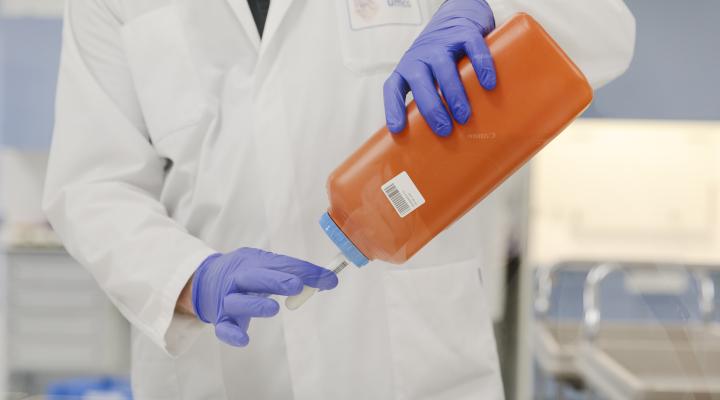
Secondary data
Contribute to Lifelines by sharing with other researchers!
As a Lifelines researcher you will most likely generate new variables based on the provided Lifelines data, and some of these could be very useful for other research projects. Examples are calculations, sum scores, diagnostics, polygenic risk scores, and biomarker levels. We ask you to return these project-generated data (also called ‘secondary data’ or ‘derivate data’) back to Lifelines in such a way that we can share them with other researchers. In addition, syntaxes to work with the data, instructions/protocols to merge or clean the data, and many more options could also benefit others.
As Lifelines, we encourage all researchers to contribute to this in order to have more uniformity on (disease) definitions, maximize efficiency, and to make themes that are difficult to work with accessible to more researchers. You can contribute at any time during your project, therefore, when starting your project please consider this when writing your syntaxes/scripts.
Process
If you have any derived/secondary data, scripts or any other type of information that you think would be useful to share with other researchers please contact one of the Lifelines Data Managers. Together we will consider your request and (if and) how to make it available. In general, the following will be considered:
- Is your derived data/script/.. indeed useful for future researchers?
- Are you knowledgeable on the topic on which you deliver the results?
- Are you able to provide documentation, and in the case of secondary data a script/syntax?
- Are you willing to contribute to a wiki page on your secondary data?
- Are you reachable in case of questions from other researchers?
- Are there any conditions for usage? In general, we allow for a reference to your paper. However, in special circumstances we can discuss whether any additional conditions can be approved.
If you have generated new variables (sample results) based on requested biosamples, we ask you to provide information on your methods of analysis in a Form of Description of Instrument or method (FDI). The secondary data generated by sample analysis can be reused by others and the FDI serves to provide others with information on the analysis methodology. For more information see Getting started with your biosample project.
Additional information
Check out the currently available secondary data:
Lifelines wiki on secondary data
Lifelines data catalogue
Check out the obligatory references for the use of secondary data:












